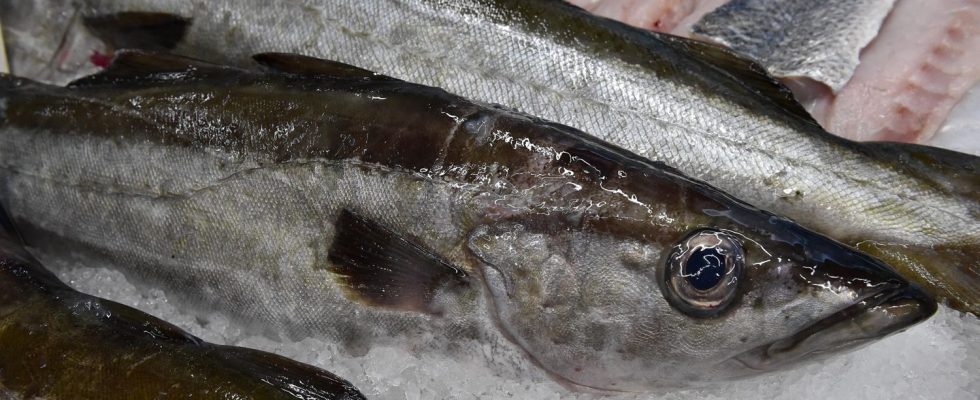European ministers responsible for fisheries reached an agreement on Tuesday intended to maintain fish stocks “at sustainable levels” while preserving the activity of fishermen.
Published
Reading time: 1 min

The list will be closely scrutinized by maritime professionals. The EU states approved, on Tuesday December 12, the catch quotas by species which will apply from January 1, 2024 to European fishermen in the Atlantic, the North Sea, the Mediterranean and the Black Sea. For the first time, the ministers responsible for fisheries have adopted multi-annual quotas also covering 2025, or even 2026, for 10 stocks (pollock, cod, etc.).
In the Atlantic and the North Sea, the authorized catch rates have been increased for several improving stocks, such as hake, plaice off the coast of Denmark and even monkfish. On the other hand, quotas have been reduced for vulnerable populations: whiting in the Bay of Biscay, plaice in Iberian waters, langoustine in Portuguese waters, etc.
Towards a halving of pollack catches
Above all, the quotas set provide for a drop of at least 53% in pollack catches for next year. Faced with the collapse of the population of this fish in the Channel and Celtic Sea, the International Council for the Exploration of the Sea (ICES), the scientific body of reference, recommended a total moratorium, a prospect which alarmed many small French fishermen.
“This agreement will help maintain stocks at sustainable levels, while protecting the livelihoods of fishing fleets”declared the Spanish government, which holds the rotating presidency of the EU, welcoming “a good balance”. The multi-annual quotas aim “to provide fishing businesses with an increased degree of predictability”said Madrid.
